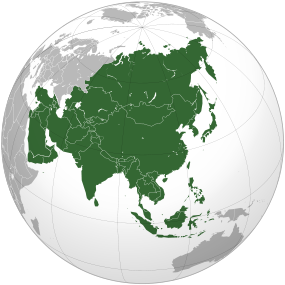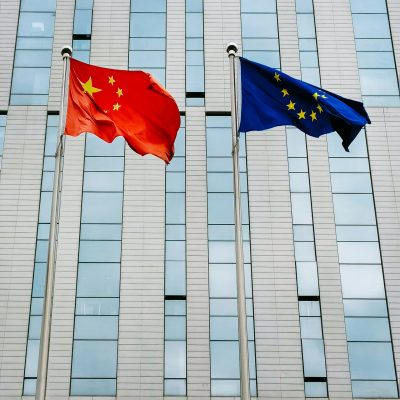Report on East Asian Integration: Opportunities and Obstacles for Enhanced Economic Cooperation
The rapid growth in global trade is no reason to think that regional integration is no longer relevant. That, at any rate, is the lesson to be drawn from Asia, where the search for the causes of the financial and monetary crisis of 1997, and for ways of making sure it does not happen again, has been proceeding in the past few years in a number of different fora. The Kuala Lumpur conference, a gathering attended by the representatives of sixteen countries on December 14, 2005, is just the most recent of such events. This quest has led to a growing recognition of the part that regional cooperation mechanisms plays and will continue to play in the future.

FOREWORD BY TOMMASO PADOA-SCHIOPPA.
The rapid growth in global trade is no reason to think that regional integration is no longer relevant. That, at any rate, is the lesson to be drawn from Asia, where the search for the causes of the financial and monetary crisis of 1997, and for ways of making sure it does not happen again, has been proceeding in the past few years in a number of different fora. The Kuala Lumpur conference, a gathering attended by the representatives of sixteen countries on December 14, 2005, is just the most recent of such events. This quest has led to a growing recognition of the part that regional cooperation mechanisms plays and will continue to play in the future.
The extraordinary expansion of the Chinese economy in the last twenty-seven years, an unprecedented duration, incidentally, for such strong economic growth, has been coupled with the increasing opening of the country to the rest of the world, something which is not all that common in the history of developing economies. Chinese exports, which accounted for 8% of China’s GDP in 1980, now amount to almost 40%. Regional economic integration, in the area of trade as well as in the sphere of investment, has proceeded at an accelerated pace. Chinese trade surpluses with the United States are offset by deficits with its Asian partners, starting with Japan. Regional trade has expanded and today half the international trade of the region is regional.
The report commissioned by JETRO (the Japan External Trade Organisation) and produced by Notre Europe brings out the specific features of the Asian integration movement, and in particular those that distinguish it from its European counterpart.
In the case of Asia, institutions and legal arrangements do not play the same key role they play in European integration. The process has more often been bottom-up than top-down, even though the regional cooperation movement does not benefit from the wide popular support we have observed in Europe. The leadership issue remains unresolved whereas, in the case of Europe, it had been addressed from the beginning thanks to the strong political will for reconciliation between France and Germany.
The future of the East Asian integration process is not easy to foresee. The de facto integration one is seeing today could continue, without displaying any further ambition. Alternatively it could at some stage seek a stronger institutional framework. In any event the efforts of East Asia and Europe in the creation of vast regional economies represent a major and positive development for the world economy.




